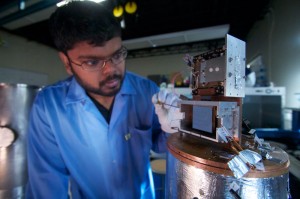main content begins
The Infrared Imaging Spectrograph is a first-light instrument destined for the Thirty Meter Telescope (TMT) when that telescope is commissioned later this decade. Working with the TMT’s adaptive optics, IRIS will produce the highest-resolution images ever obtained with an Earth-based telescope at near-infrared wavelengths. Prof. Shelley Wright, formerly of the Dunlap Institute, is IRIS Project Scientist; Dunlap postdoctoral fellow Shaojie Chen continues to work as part of the international collaboration designing and developing the instrument.
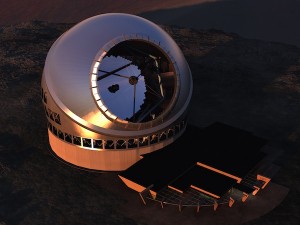
MSAMOS is a multi-object, infrared spectrograph that uses revolutionary micro-shutter array technology developed for the James Webb Space Telescope. The micro-shutter array lets the observer select multiple targets within a field of view. The observer can then change targets by opening and closing different micro-shutters. Commissioning is expected in 2016. Prof. Dae-Sik Moon of the Department of Astronomy & Astrophysics is Principal Investigator, and former Dunlap director Prof. James Graham and Prof. Suresh Sivanandam are co-investigators; they are working on MSAMOS in collaboration with the Goddard Space Flight Center. Funding for MSAMOS is provided by the Canadian Foundation for Innovation, the Ontario Research Program and the Dunlap Institute.
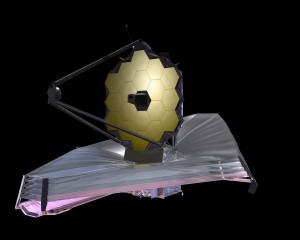
The Near-Infrared Echelle Spectrograph is an imaging spectrograph that will capture spectroscopic information in the entire near-infrared wavebands of 0.8 – 2.4 microns. It will be used to observe an array of objects—from planets to galaxies—but it will be particularly effective in observing distant, cold objects. Prof. Dae-Sik Moon is co-project leader who, along with Prof. James Graham, is collaborating with the California Institute of Technology in developing NIRES for the Keck II telescope.
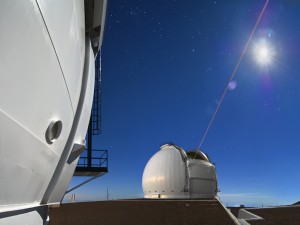
In December 2012, a team from the Dunlap Institute successfully installed a new diffraction grating in the OH-Suppressing Infrared Integrated Spectrograph on the Keck I telescope. The first-generation OSIRIS imaging spectrograph had been operating on Keck II since 2005. The new grating, which was developed and tested at the Dunlap Institute throughout 2012, increased the sensitivity of the spectrograph by a factor of 1.6 at blue wavelengths and 2.2 at red wavelengths. At the Dunlap, the OSIRIS team included Prof. Shelley Wright, Jérome Maire and graduate student Etsuko Mieda.
For a growing list of published research using OSIRIS data, click here.
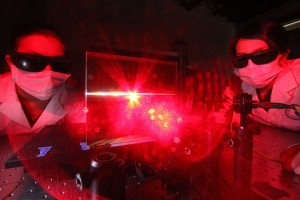
The Wide Integral-Field Infrared Spectrograph will sample a field of view larger than any other spectrograph. This will make WIFIS an extremely useful instrument for observing extended objects like supernova remnants, galaxies and nebulae. Lead Investigator Prof. Dae-Sik Moon and Prof. Suresh Sivanandam are collaborating with the University of Florida, Korea Astronomy and Space Science Institute, and the University of Arizona in developing the instrument.
For more on WIFIS, click here.
